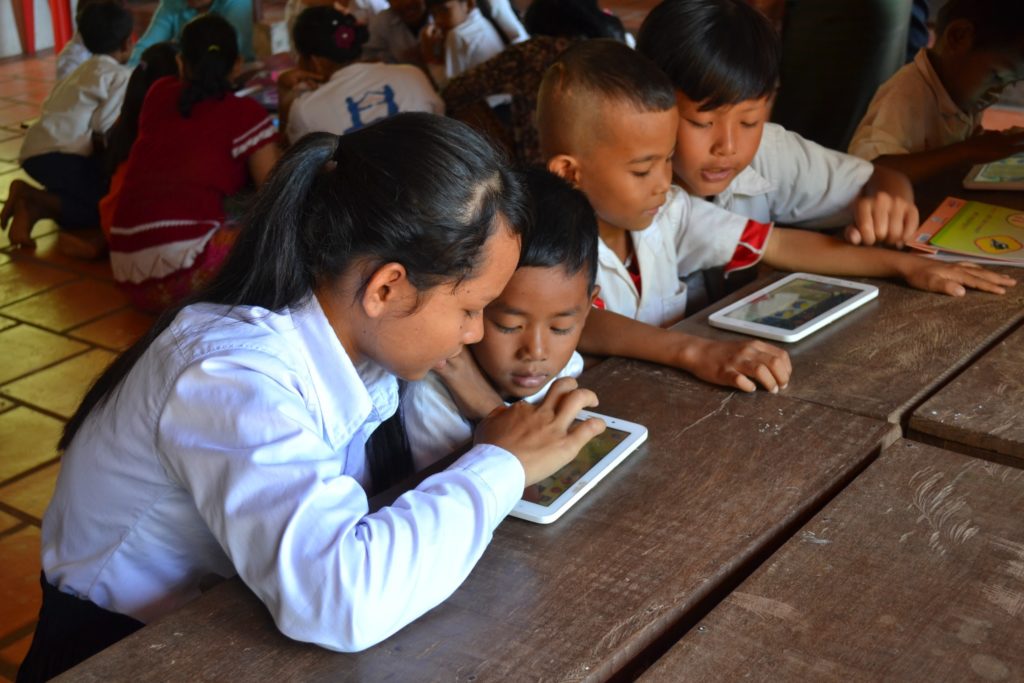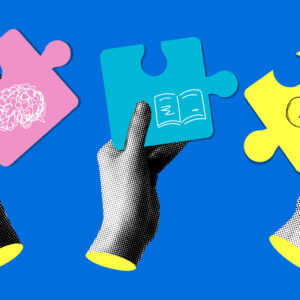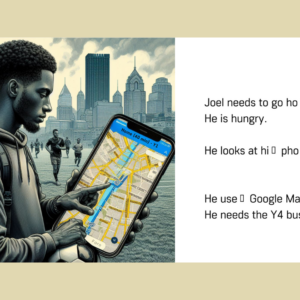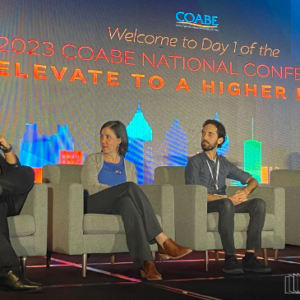Across Asia, World Education is leading the mobile learning revolution and working with educators, learners, administrators, policymakers and tech developers to make digital tools and apps relevant and accessible. Whether the programs you support serve low-resource communities or not, in the US or in other countries, the innovative approaches used by our team and partners in Cambodia will inspire you to think about new ways you can use mobile devices in classrooms.
App-based instruction for groups
For Ms. Pisey, a primary school teacher in rural Cambodia, mobile apps have enabled her to augment her classroom instruction and support improved literacy skills of her students. Ms. Pisey has done this by connecting her smartphone to portable mini speakers to play and amplify audio for listening and dictation activities with her classroom students.
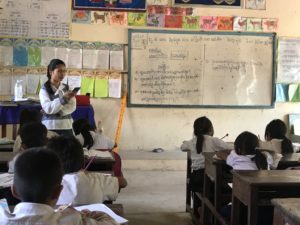
Research shows that exposure to different accents and variable speech can improve listening comprehension and boost language learning over time (Rost, G., & McMurray, B. 2009; Sumner, 2011). On the day our team visited Ms. Pisey, she had connected her smartphone to a speaker and was using The Asia Foundation’s Let’s Read! app to share stories to her students. The app contains hundreds of stories and titles, many of which her school library does not carry.
In addition to using portable speakers, there are several mini “pocket” projectors used by our team of trainers to conduct workshops in off-the-grid, rural locations with electricity. These projectors are so compact and light-weight, you can carry them in your pocket!
Many of these pocket projectors easily plug in to mobile devices, so you can demo or play mobile apps within a group setting. This approach can be used in any learning environment to facilitate group activities. We’ve seen this approach particularly effective when orienting users to a new app. Rather than provide screenshots or showing a video, why not lead a live demo and allow learners to actively engage with app.
Micro SD Cards for Sharing Resources
Micro SD cards enable users to store and share large files across mobile devices, regardless of phone space or connectivity limitations. Under the USDA McGovern-Dole Food For Education project, World Education has 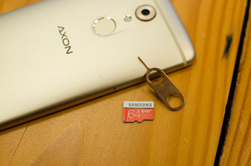 shared dozens of resources, including games, digital stories, videos, how-to-cards and more, to thousands of teachers across 503 primary schools through micro SD cards. Teachers in our pilot study reported comfort using this technology because of its accessibility and convenience. “This card helps to remind us what we have learned, so we don’t forget. It’s like a small book that we carry all the time,” said one teacher. The utility of the SD cards has helped spread resources and supported collaboration among teachers; the project found that a majority of teachers used the micro SD cards to share content with other teachers at their school.
shared dozens of resources, including games, digital stories, videos, how-to-cards and more, to thousands of teachers across 503 primary schools through micro SD cards. Teachers in our pilot study reported comfort using this technology because of its accessibility and convenience. “This card helps to remind us what we have learned, so we don’t forget. It’s like a small book that we carry all the time,” said one teacher. The utility of the SD cards has helped spread resources and supported collaboration among teachers; the project found that a majority of teachers used the micro SD cards to share content with other teachers at their school.
Reading accounts of how teachers in one community in Cambodia creatively use a technology in their pocket should inspire teachers worldwide. Are you using mobile apps in your classroom? Share your tips with our community here by commenting on the post!

